Alpine
Fir
Alpine Larch
Amabilis Fir
Balsam Poplar/Black Cottonwood
Big Leaf Maple
Black Spruce
Choke Cherry
Pacific Dogwood
Douglas Fir
Douglas Maple
Engelmann Spruce
Garry Oak
Grand Fir
Black Hawthorn
Lodgepole Pine
Mountain Alder
Mountain Hemlock
Pacific Willow
Paper Birch
Ponderosa Pine
Red Alder
Rocky Mountain Juniper
Sitka Spruce
Tamarack Larch
Trembling Aspen
Vine Maple
Western Hemlock
Western Larch
Western Red Cedar
Western White Pine
Western Yew
Whitebark Pine
White Spruce
Yellow Cedar
Animals
Birds
Fish
Wildflowers
Trees
Survival
Parks
Trails



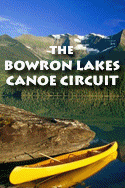
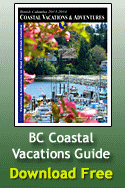

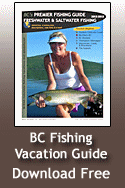
|
British Columbia Outdoor Wilderness Guide  |
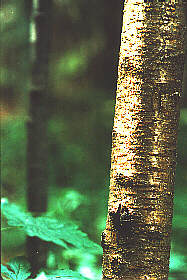
PAPER BIRCH
betula papyrifera
- The
Paper Birch is also known as Canoe Birch, Silver
Birch, White Birch
- 'papyrifera'
means "paper bearing" and refers to the bark
UNIQUE
FEATURES:
- Paper
Birch is a small to medium sized tree, with many
stems
- Paper
Birch bark peels off in paper strips
- trees
in the forest have a narrow, oval shaped crown
above a slender trunk
- the
crown is pyramid shaped when the trees are found
in the open
- in
dense stands the lower trunk is largely branch
free so can produce large strips of bark
- Paper
Birch is winter food for many animals and a nesting
site for a number of birds
- Paper
Birch can readily sprout from cut parts
LOCATION:
- Paper
Birch is found throughout BC
- but,
not on the west coast islands or right on the
coastline
- Paper
Birch occurs in uplands, floodplain sites, avalanche
tracks, swamp edges, bogs
- Paper
Birch can grow in a variety of soils
SIZE:
FRUIT:
- nutlets
with wings broader than the seed body
FLOWERS:
- narrow
catkins; female 2 to 4 cm and stand erect at the
branch tip; male are longer and hang below the
branch
- appear
at the time of or before the leaves
- break
up after maturity
LEAVES:
- egg-shaped,
sharp pointed tip
- double-toothed
edges
- dull
green, smooth to hairy with a paler underside
with a downy texture
BARK:
- thin,
white to reddish-brown or copper
- smooth,
marked with brown horizontal slits or lines
- the
reddish-orange inner bark is exposed when the
bark is peeled off, gradually turning black
USES:
- modern
- pulp, sawlogs, veneer logs, paneling, tongue
depressors, cheese boxes, firewood; birch sap:
vinegar or birch beer
- traditional
- bark: baskets, cradles, canoes, wrapping and
storing food, roofing pit houses, snow goggles,
moose calls, toboggans; wood: eating utensils
and dishes; sap: medicine for colds
|
|

Follow Us On Facebook
List of BC Adventure
Advertisers
Site Info
Advertise With Us
Awards
About Us
Contact Us
Free Vacation Guides
BC Vacation Guides
Coastal Vacations
Thompson Okanagan
EcoTourism
Fishing Vacations
Guest Ranch Guide
Romantic Getaways
Wilderness Vacations
Winter Vacations
The Rockies Guide
Login

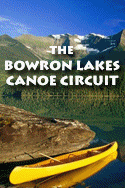

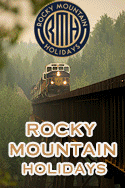
|

